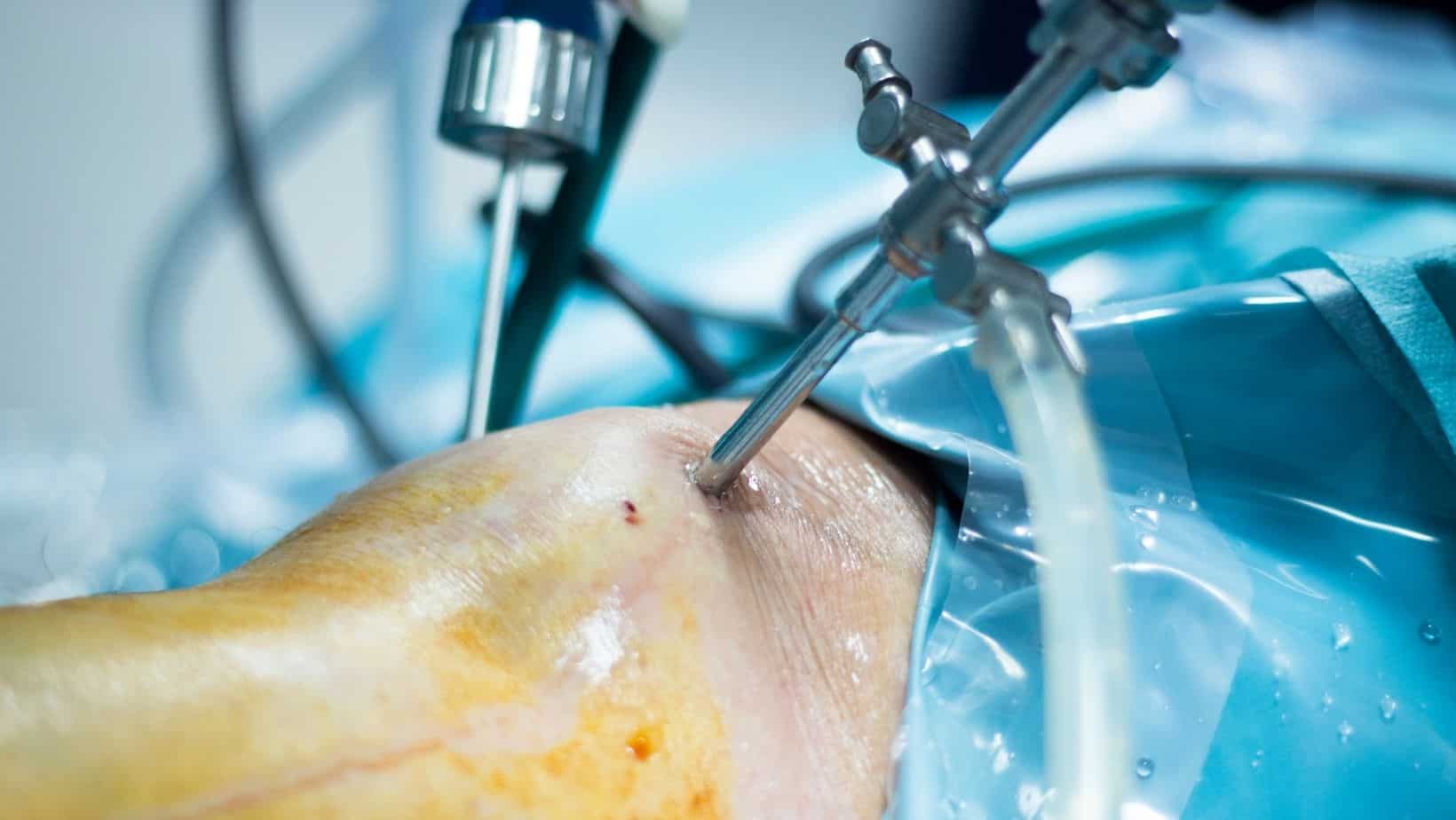Osteochondritis Dissecans Treatment
Read More >
Osteochondritis dissecans can occur at any age but is more prevalent in teenagers and adolescents from 10-20 years old. For this age group it is be termed juvenile OCD. Adult OCD occurs more commonly in young and middle aged individuals.
There is a mutation on the ACAN gene which can contribute to the development of familial osteochondritis dissecans. The ACAN gene provides the instructions for production of a constituent of cartilage of the joints, called aggrecan protein.

Low vitamin D is linked with many joint disorders and poor bone health. There is a high prevalence of low vitamin D in individuals diagnosed with osteochondritis dissecans, so there is a strong association. It has been indicated that low vitamin D can make the bone beneath the cartilage of the joint more at risk of damage and detachment to the cartilage, and therefore more at risk of OCD lesions (Andriolo et al, 2020). However, there is not yet strong enough evidence to suggest a direct causal link between low vitamin D and the development of osteochondritis dissecans.
Osteochondritis dissecans is a painful condition that can affect different joints, most commonly the knee, ankle and elbow. It has several distinct phases, with symptoms varying between these phases. OCD causes damage to the bone and ultimately the detachment of the bone and cartilage at the affected joint. It is a painful condition that causes inflammation and swelling of the joint and the final stage of separation of the bone and cartilage produces loose bodies which can be not only painful but also affect the function of the joint, making movement restricted.
Osteochondritis can last for several months. If it is diagnosed early and severe damage is prevented it may fully recover in 3-4 months for children and young adults, while it can take longer for adults. In younger individuals complete recovery is more likely while in adults the development of osteoarthritis is common. Some adaptations to participation in sport may be necessary for high impact sports with repetitive actions such as cricket bowling or baseball pitching.

If left untreated osteochondritis dissecans will progress through the four distinct phases, ending with detachment of the bone and cartilage, and osteoarthritis. This detachment will leave fragment of the OCD lesion loose in the joint space which is not only painful but will significantly impair the function of the joint cause it to lock or give way.

Surgery is more commonly needed the older the patient with OCD is. There is a greater chance of the OCD lesions healing if the growth plate of the joint is still open. Once the growth plate closes, when the skeleton has completed growth and is matured surgery is more commonly necessary for the treatment and recovery from osteochondritis dissecans (Winthrop et al, 2015).
Surgery is a successful treatment for osteochondritis dissecans for many individuals. The outcome of surgery is better the earlier the stage of OCD lesions that are treated. Younger age and less time since onset of symptoms are two other strongly influencing factors on better outcomes with surgery. Good biomechanics and the absence of previous injury to the joint also help a positive outcome with surgery (Zwingmann et al 2012).
This is not medical advice. We recommend a consultation with a medical professional such as James McCormack. He offers Online Physiotherapy Appointments for £45.